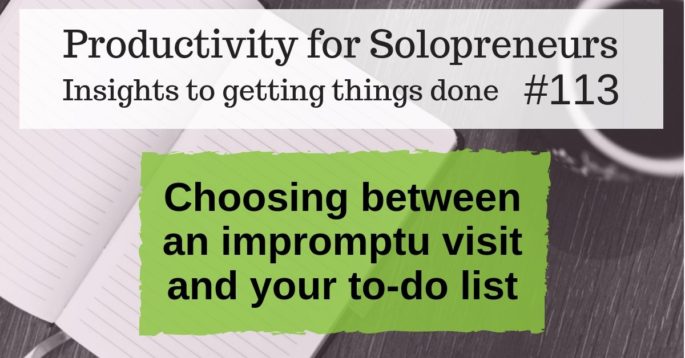Where I am, most of the kids started their new year of school last week.
When I was a kid, this time of year meant a new planner for the academic year, new notebooks, and new folders.
As an adult without kids, this time of year means I get to take advantage of back to school sales just for me.
Which I did last week and bought a couple of new notebooks and pen sets (yay colored pens!).
But I digress.
While it is a great time to take advantage of sales, it’s also a great time to re-evaluate your goals for the remainder of the year.
You probably have a pretty good idea about how to evaluate your goals and set new goals or update your previous goals for the year, however, I want to share some things for you to think about or consider as you do this.
- Your goals for the year are not written in stone!
You can change them to better reflect where you are now and what you’ve learned this year.
- Don’t forget to review what worked and didn’t work this year.
So often we want to jump into the planning and we forget to give ourselves credit for the things that we already accomplished (regardless of what the goal was).
- Brainstorm!
Think about the things that you’d like to experience or achieve through your business before the year ends. This doesn’t mean you have to do them. Sometimes one idea leads to a really fun or cool idea that you might not have thought of if you jumped right into setting goals.
- Know the difference between intentions and goals.
Intentions are what many people call goals. They’re things we want to happen, we intend them to happen, but we can’t actually control them. They’re things like how much money you want to make, how many clients you want to work with, etc.
You can’t force someone to work with you, that’s a decision the other person needs to make.
However, you can do any number of things to encourage those intentions to occur.
However, you can do any number of things to encourage those intentions to occur.
Those are goals.
Goals are how many phone calls you’ll make, how many networking events you attend, how many social media posts your business page posts in a week, etc.
You can control the outcome of your goals. - Know how you’re motivated.
If you’re motivated by BIG intentions, then, by all means, play big and double or add a zero to that income intention.
If BIG intentions paralyze you or feel impossible, DON’T DO IT.
Instead, think about doubling the goal – make more phone calls, do more of the things that encourage those intentions to materialize or manifest.
Doing this can mean you meet your income intention sooner in the month, then you can decide if you want to continue the work and make more money, or if you want to adjust your focus to something else. It also can be helpful when something unexpected happens, like you get sick. You won’t spend the last week rushing or trying to force things to happen.
Next week is the last month in August and a great time to plan September and take a peek at your 2019 goals.
Intention and goal setting is something we do every month in the Unnamed Productivity Club. If this would make a huge difference in the success of your business, I invite you to join us for a month! The minimum commitment is a month. If it’s not for you, you can easily cancel.
If you’re not sure the Unnamed Productivity Club is a good fit for you or you have any questions, reach out and let’s talk. The easiest way to do that is to leave a comment or fill out the Contact Me form here.





